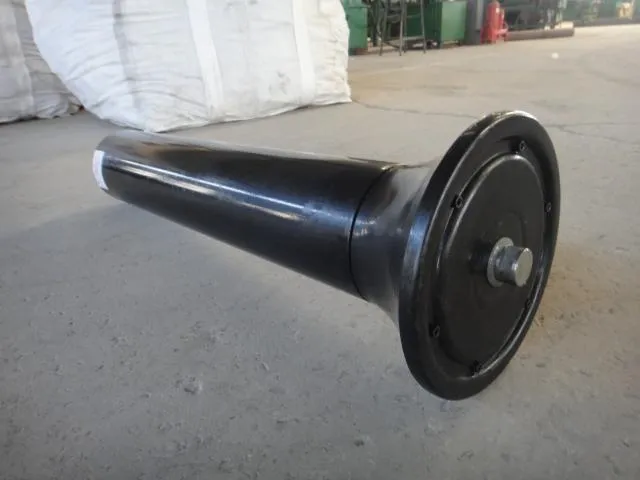 Afrikaans
Afrikaans  Albanian
Albanian  Amharic
Amharic  Arabic
Arabic  Armenian
Armenian  Azerbaijani
Azerbaijani  Basque
Basque  Belarusian
Belarusian  Bengali
Bengali  Bosnian
Bosnian  Bulgarian
Bulgarian  Catalan
Catalan  Cebuano
Cebuano  Corsican
Corsican  Croatian
Croatian  Czech
Czech  Danish
Danish  Dutch
Dutch  English
English  Esperanto
Esperanto  Estonian
Estonian  Finnish
Finnish  French
French  Frisian
Frisian  Galician
Galician  Georgian
Georgian  German
German  Greek
Greek  Gujarati
Gujarati  Haitian Creole
Haitian Creole  hausa
hausa  hawaiian
hawaiian  Hebrew
Hebrew  Hindi
Hindi  Miao
Miao  Hungarian
Hungarian  Icelandic
Icelandic  igbo
igbo  Indonesian
Indonesian  irish
irish  Italian
Italian  Japanese
Japanese  Javanese
Javanese  Kannada
Kannada  kazakh
kazakh  Khmer
Khmer  Rwandese
Rwandese  Korean
Korean  Kurdish
Kurdish  Kyrgyz
Kyrgyz  Lao
Lao  Latin
Latin  Latvian
Latvian  Lithuanian
Lithuanian  Luxembourgish
Luxembourgish  Macedonian
Macedonian  Malgashi
Malgashi  Malay
Malay  Malayalam
Malayalam  Maltese
Maltese  Maori
Maori  Marathi
Marathi  Mongolian
Mongolian  Myanmar
Myanmar  Nepali
Nepali  Norwegian
Norwegian  Norwegian
Norwegian  Occitan
Occitan  Pashto
Pashto  Persian
Persian  Polish
Polish  Portuguese
Portuguese  Punjabi
Punjabi  Romanian
Romanian  Russian
Russian  Samoan
Samoan  Scottish Gaelic
Scottish Gaelic  Serbian
Serbian  Sesotho
Sesotho  Shona
Shona  Sindhi
Sindhi  Sinhala
Sinhala  Slovak
Slovak  Slovenian
Slovenian  Somali
Somali  Spanish
Spanish  Sundanese
Sundanese  Swahili
Swahili  Swedish
Swedish  Tagalog
Tagalog  Tajik
Tajik  Tamil
Tamil  Tatar
Tatar  Telugu
Telugu  Thai
Thai  Turkish
Turkish  Turkmen
Turkmen  Ukrainian
Ukrainian  Urdu
Urdu  Uighur
Uighur  Uzbek
Uzbek  Vietnamese
Vietnamese  Welsh
Welsh  Bantu
Bantu  Yiddish
Yiddish  Yoruba
Yoruba  Zulu
Zulu rubber impact roller
The Impact of Rubber Impact Rollers in Modern Industries
Rubber impact rollers are essential components in a wide range of industries, playing a pivotal role in enhancing operational efficiency and reducing material wear and tear. These specialized rollers are widely used in conveyor systems, material handling, and various manufacturing processes — tasks that demand reliability and durability.
What are Rubber Impact Rollers?
Rubber impact rollers are cylindrical components designed to absorb shock and vibration in conveyor systems. Unlike traditional rollers made from metal or plastic, rubber impact rollers are designed with resilience and flexibility, allowing them to effectively cushion the impact of heavy materials as they are conveyed through the system. They are particularly beneficial in operations that involve the transportation of bulk materials, such as aggregates, coal, or grains.
Key Benefits of Rubber Impact Rollers
1. Shock Absorption The primary advantage of using rubber impact rollers is their ability to absorb shocks. When heavy materials are loaded onto a conveyor belt, they can create significant impact forces that may lead to damage or breakage of conveyor components. Rubber rollers mitigate this risk by softening the blow, thereby prolonging the lifespan of both the roller and the conveyor system as a whole.
2. Noise Reduction The rubber material also provides excellent sound-dampening qualities. Traditional metal rollers can produce excessive noise during operation, which may lead to a less pleasant working environment. In contrast, rubber impact rollers significantly reduce noise levels, contributing to a more efficient and comfortable workplace.
3. Enhanced Material Handling Rubber impact rollers improve the overall handling of materials on a conveyor system. Their ability to grip and stabilize loads ensures a smoother and more controlled movement of materials, reducing the risk of spillage and improving safety.
rubber impact roller

4. Reduced Wear and Tear Since rubber is inherently more forgiving than harder materials, rubber impact rollers tend to experience less wear and tear over time. This translates into reduced maintenance costs and downtime for companies relying on conveyor systems for their operations.
5. Versatility Rubber impact rollers come in various sizes and configurations, making them suitable for a wide range of applications across different industries, including mining, agriculture, manufacturing, and recycling. Their versatility allows businesses to customize their systems according to specific needs and operational conditions.
Applications Across Industries
Rubber impact rollers find applications in numerous fields. In the mining industry, for instance, they are crucial for transporting ore and coal with minimal risk of damage to both the materials and the conveyor system. In agriculture, these rollers are essential in moving grains and fertilizers efficiently and safely. Meanwhile, in recycling facilities, rubber impact rollers ensure that materials are handled with care, maximizing recovery rates while minimizing losses.
In manufacturing environments, rubber impact rollers are often used in assembly lines, where the gentle handling of products is critical to maintaining quality control. By utilizing these rollers, companies can minimize damage to delicate items during the manufacturing process, contributing to higher overall product quality.
Conclusion
Rubber impact rollers represent a key advancement in conveyor technology, offering numerous benefits that enhance operational efficiency across various industries. From improved shock absorption and noise reduction to increased durability and versatility, these rollers are integral to modern material handling systems. As businesses continue to seek ways to optimize their operations and reduce costs, the adoption of rubber impact rollers is likely to grow, solidifying their position as a cornerstone of efficient material transport and handling. In embracing this technology, industries can ensure safer workplaces, lower maintenance costs, and improved productivity—all while fostering a more sustainable approach to operations in the long term.
-
Revolutionizing Conveyor Reliability with Advanced Rubber Lagging PulleysNewsJul.22,2025
-
Powering Precision and Durability with Expert Manufacturers of Conveyor ComponentsNewsJul.22,2025
-
Optimizing Conveyor Systems with Advanced Conveyor AccessoriesNewsJul.22,2025
-
Maximize Conveyor Efficiency with Quality Conveyor Idler PulleysNewsJul.22,2025
-
Future-Proof Your Conveyor System with High-Performance Polyurethane RollerNewsJul.22,2025
-
Driving Efficiency Forward with Quality Idlers and RollersNewsJul.22,2025





























